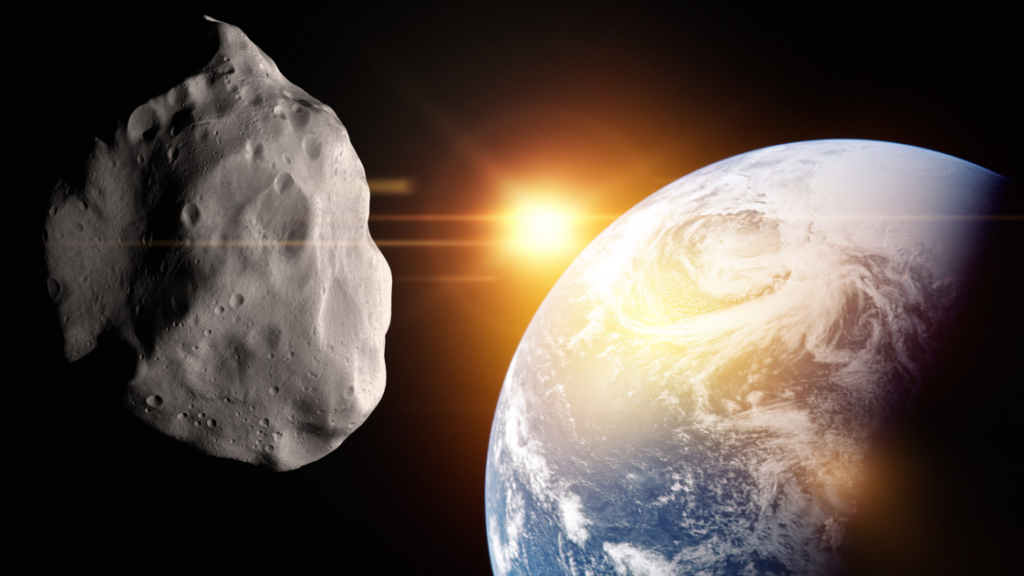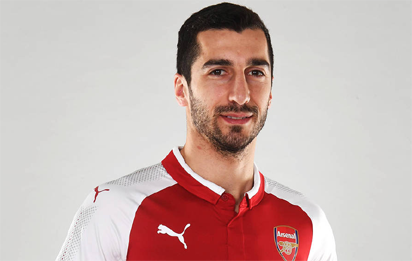Asteroid the size of the Washington Monument will fly past Earth this month

Chris Ciaccia
Just days after an asteroid the size of the Empire State Building flew past Earth, another “potentially hazardous” space rock will do the same.
Asteroid 2019 OU1 will safely pass by Earth on Aug. 28, coming within 639,000 miles or 0.00687 astronomical units of the planet. At an estimated diameter of 71 to 160 meters (233 to 524 feet), 2019 OU1 has sparked comparisons to the 555-foot tall Washington Monument.
2019 OU1 is also hurtling through space at roughly 42,650 feet per second, according to data compiled by NASA.
Related slideshow: Fascinating asteroids (Provided by Photo services)
Asteroids, also referred to as minor planets, are small, rocky bodies floating mostly in the asteroid belt – between the orbits of Mars and Jupiter. They are mainly made of materials (metal or rock) left over from the formation of the inner solar system.
The space rock is known as a near-Earth object (NEO) and “potentially hazardous” NEOs are defined as space objects that come within 0.05 astronomical units and measure more than 460 feet in diameter, according to NASA.
According to a 2018 report put together by Planetary.org, there are more than 18,000 NEOs.
NASA has been preparing for planetary defense from asteroid strikes for years. A recent survey showed that Americans prefer a space program that focuses on potential asteroid impacts over sending humans back to the moon or to Mars,
In 2016, NASA formalized the agency’s prior program for detecting and tracking NEOs and put it inside its Science Mission Directorate.
Last June, NASA unveiled a 20-page plan that detailed the steps the U.S. should take to be better prepared for NEOs — such as asteroids and comets — that come within 30 million miles of the planet.
Lindley Johnson, the space agency’s planetary defense officer, said at the time that the country “already has significant scientific, technical and operational capabilities” to help with NEOs, but implementing the new plan would “greatly increase our nation’s readiness and work with international partners to effectively respond should a new potential asteroid impact be detected.”
In addition to enhancing NEO detection, tracking and characterizing capabilities and improving modeling prediction, the plan also aims to develop technologies for deflecting NEOs, increasing international cooperation and establishing new NEO impact emergency procedures and action protocols.
NASA awarded a $69 million contract to SpaceX, the space exploration company led by Elon Musk, in April to help it with asteroid deflection via its Double Asteroid Redirection Test (DART) mission.
Separately in April, NASA Administrator Jim Bridenstine said that an asteroid strike is not something to be taken lightly and is perhaps Earth’s biggest threat.
“We have to make sure that people understand that this is not about Hollywood, it’s not about movies,” Bridenstine said at the International Academy of Astronautics’ 2019 Planetary Defense Conference in College Park, Md., according to Space.com. “This is about ultimately protecting the only planet we know right now to host life, and that is the planet Earth.”
Culled from Fox News





